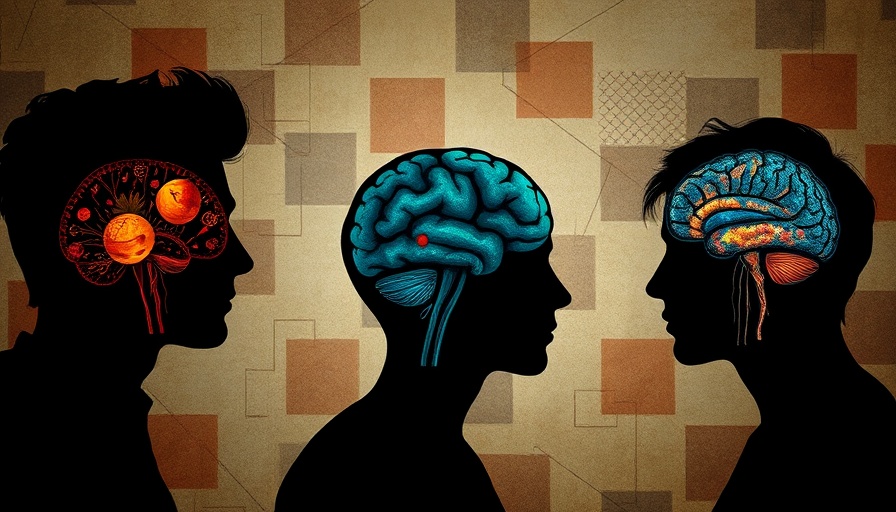
The Intersection of Art and Neuroscience: A New Frontier
Recent advancements in neuroscience are unveiling the deep connections between our perceptions of art and the brain's activity. A compelling study from Columbia University has shed light on how individuals interpret different forms of art, revealing the complex interplay between our cognitive faculties and our subjective experiences. The research, published in the Proceedings of the National Academy of Sciences, particularly highlights variations in brain activity when subjects were exposed to abstract versus representational art.
Understanding the Default Mode Network
The study found that when subjects viewed abstract art, their brain activity was more pronounced in the default mode network (DMN). This region is associated with abstract thought, creativity, and self-referential processing — suggesting that abstract art stimulates personal interpretation far more than representational works. As research leader Dr. Celia Durkin emphasizes, the varied responses to abstract interpretations align with the idea that individuals leverage personal memories and emotions to derive meaning from what they see.
Linking Art to Personal Experiences: The Beholder’s Share
One of the pioneering aims of this research aligns with the artistic concept known as “the beholder’s share.” Celebrated neurologist Eric Kandel advocated for a deeper understanding of how our neurological functions influence our experiences with art. His framework supports the idea that art is not merely viewed but is actively integrated with the viewer's psyche, making every interpretation unique.
Art as a Reflection of Health and Wellness
The profound implications of such findings reach into realms beyond art appreciation. Engaging with art — particularly abstract forms — can be a form of wellness therapy, contributing to mental health. This aligns with health and wellness practices that encourage exploring one's emotions and creativity. The very act of interpreting varied forms of art can foster a sense of community and enhance well-being, serving as a therapeutic outlet for stress and anxiety.
The Broader Implications of Artistic Engagement on Health
Understanding the neurological basis of our relationship with art can inform practices in health and wellness, particularly where mental health is concerned. Active engagement with art can not only serve as a hobby but can also promote a lifestyle focused on mental wellness — encouraging creative pursuits, community involvement, and emotional exploration as cornerstones of holistic health.
Future Predictions: The Role of Technology in Art Interpretation
As we move further into a technology-driven era, the convergence of art and neuroscience presents exciting possibilities for new health and wellness applications. Innovations such as virtual reality art experiences could enhance the benefits of artistic expression and interpretation, providing immersive platforms where individuals can explore abstract art in personalized and therapeutic settings.
Merging Art with Scientific Inquiry
The blend of artistic inquiry with scientific methodology opens new pathways into understanding human creativity and emotion. Future studies could explore more nuanced dimensions of art perception and its implications for community health initiatives. By utilizing frameworks from both the art world and neuroscience, we can cultivate more effective strategies for community health and wellness that encompass emotional and artistic expression.
 Add Row
Add Row  Add
Add 




 Add Row
Add Row  Add
Add 


Write A Comment